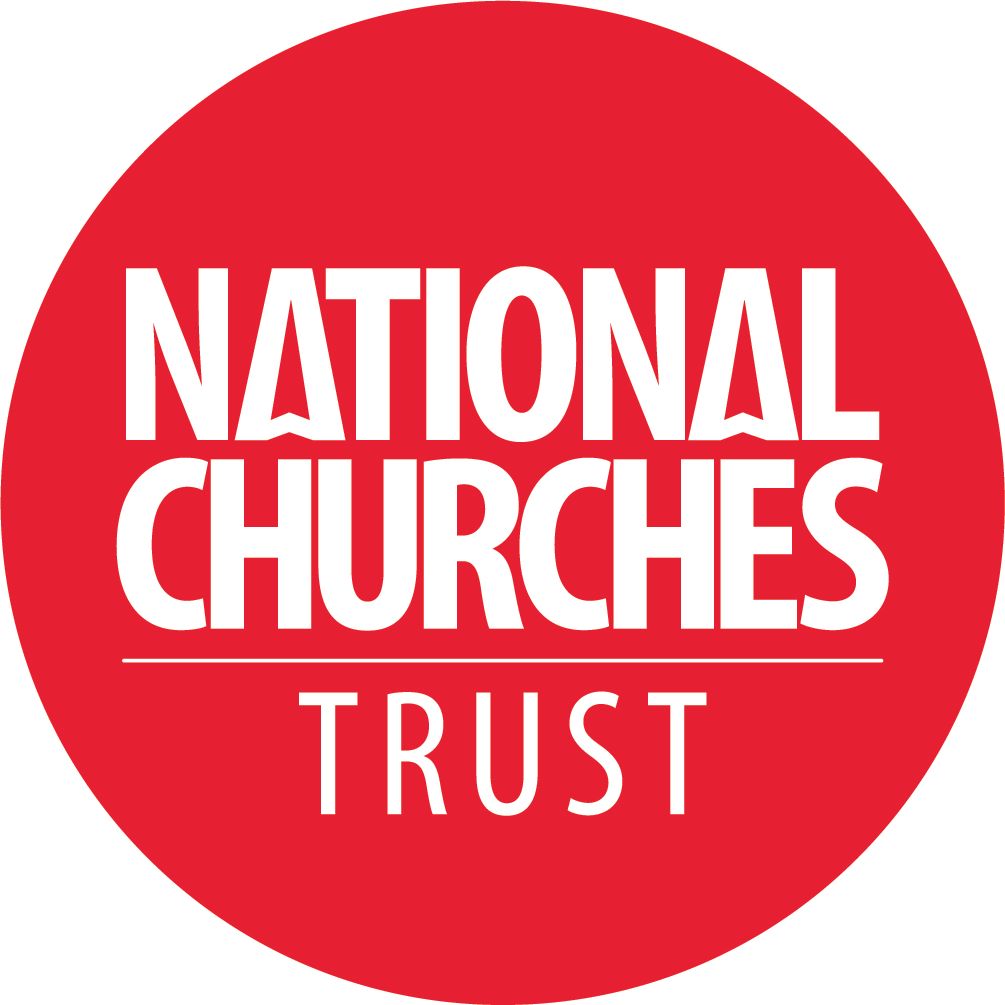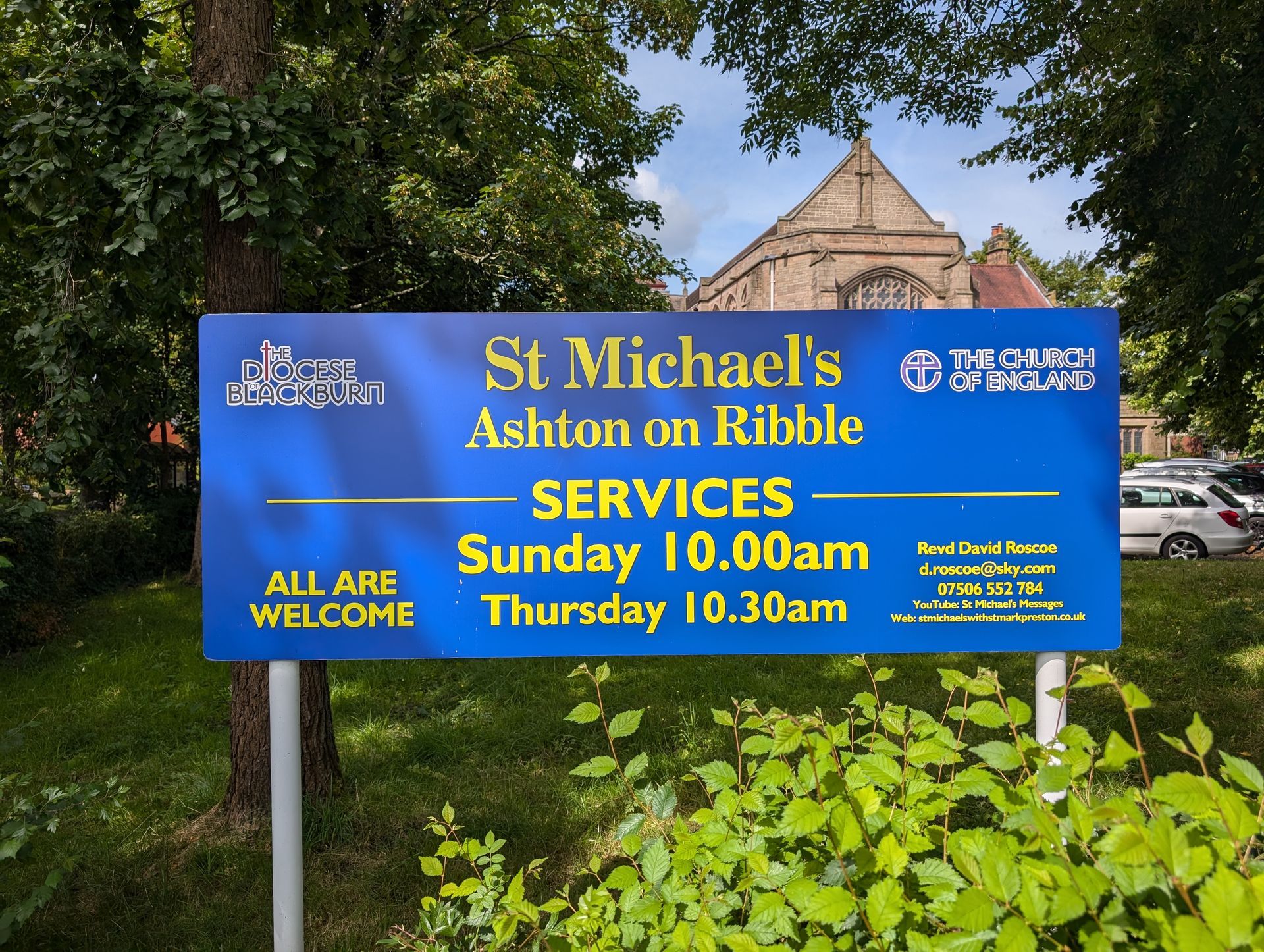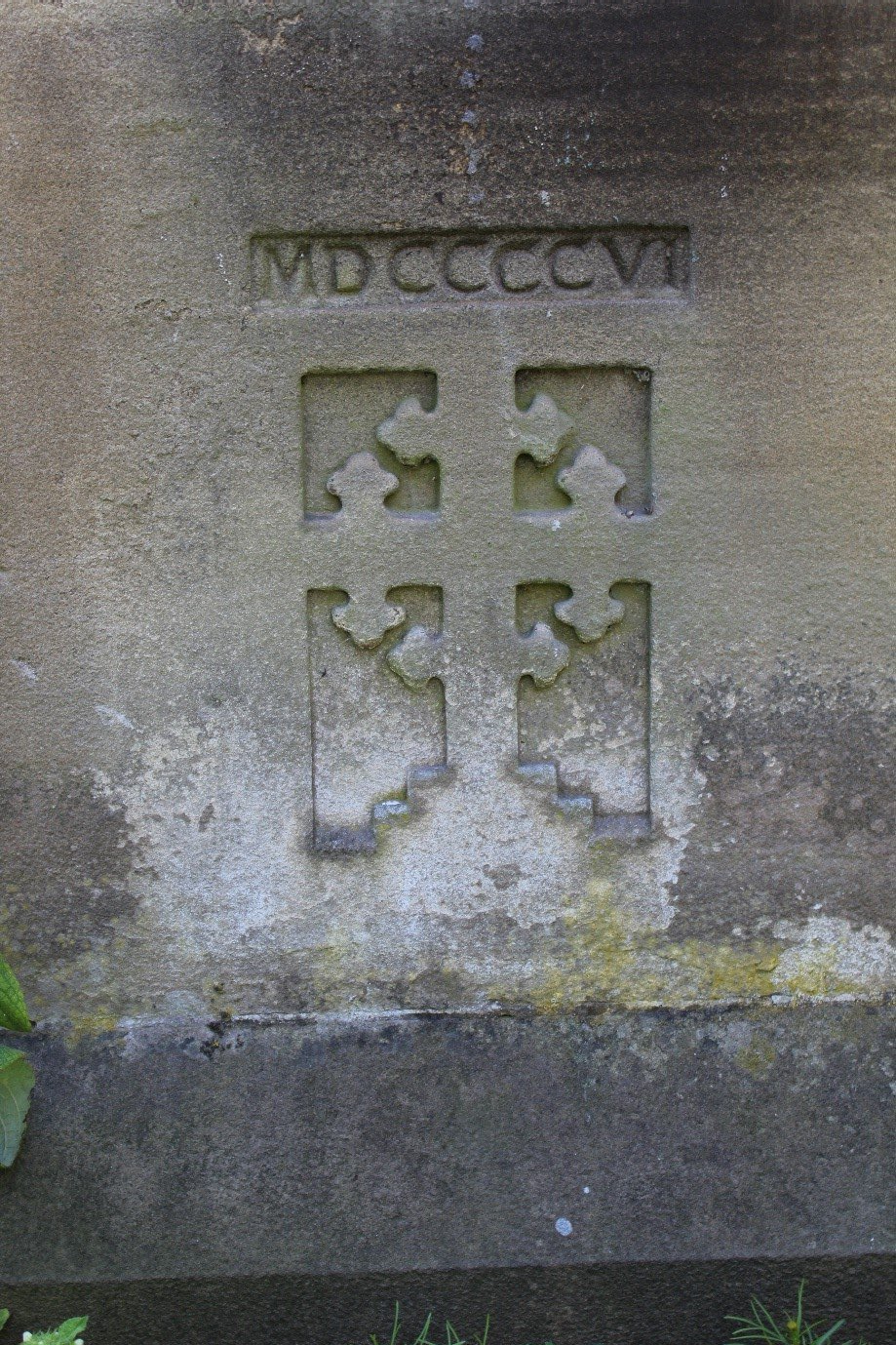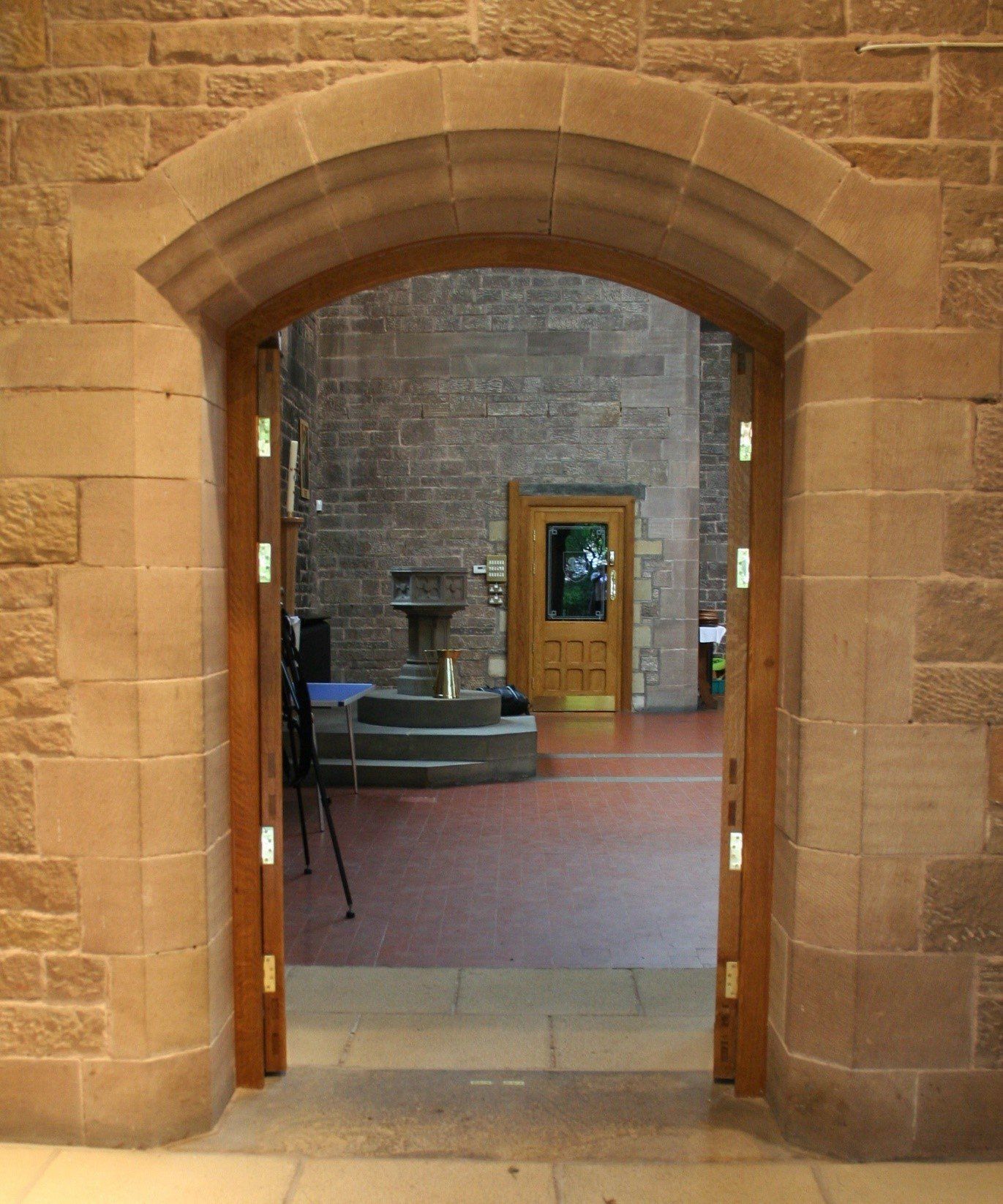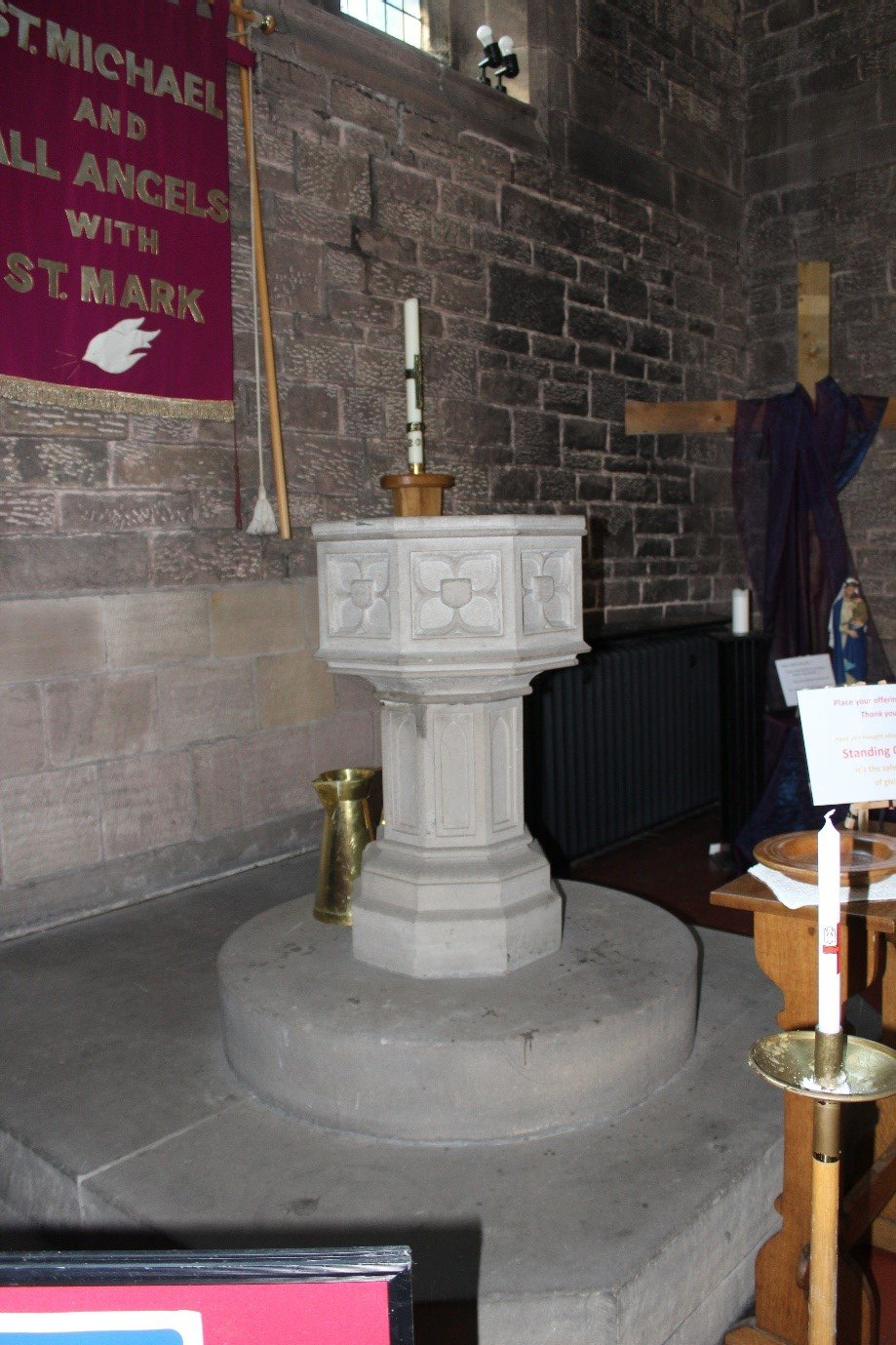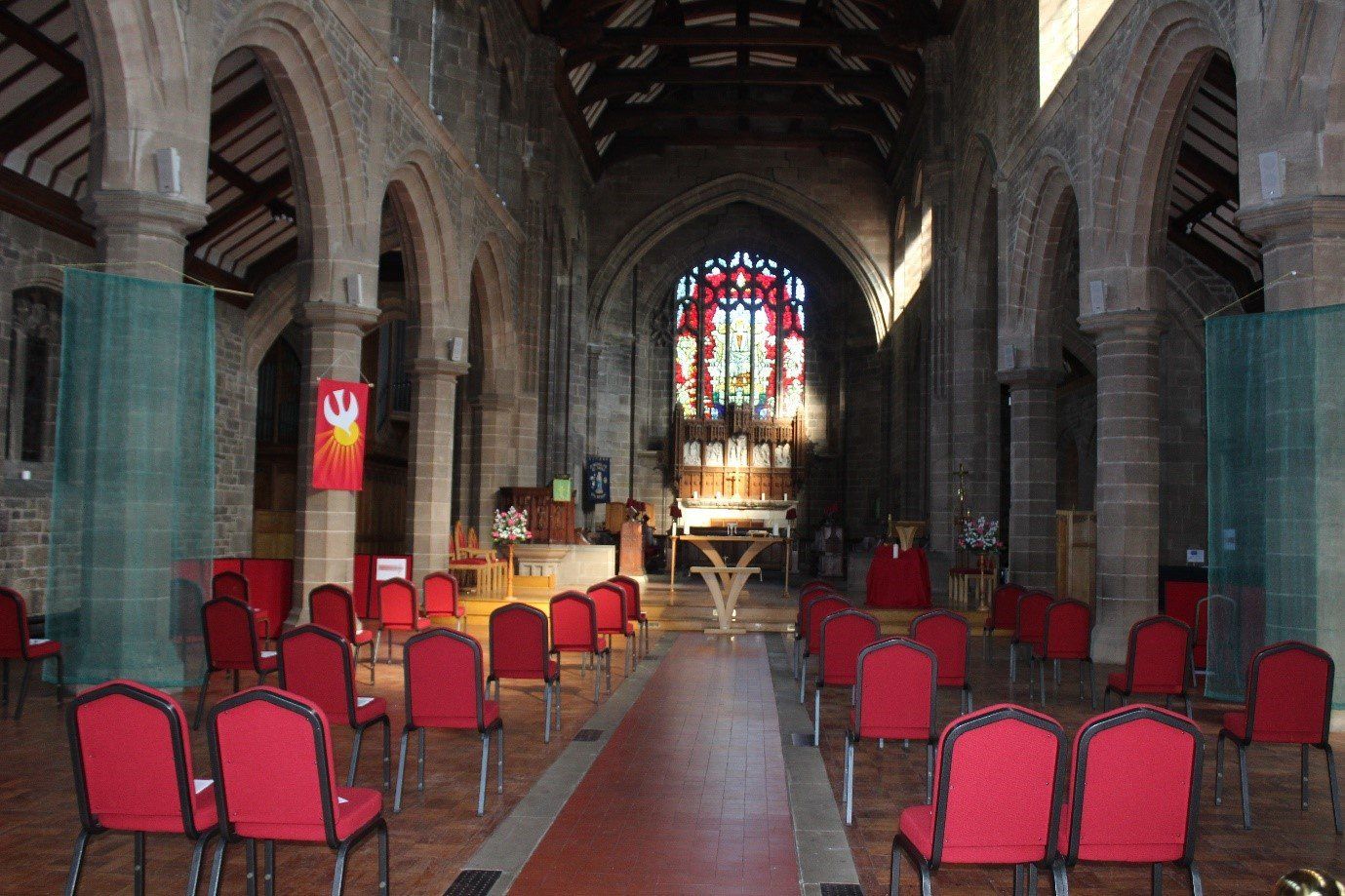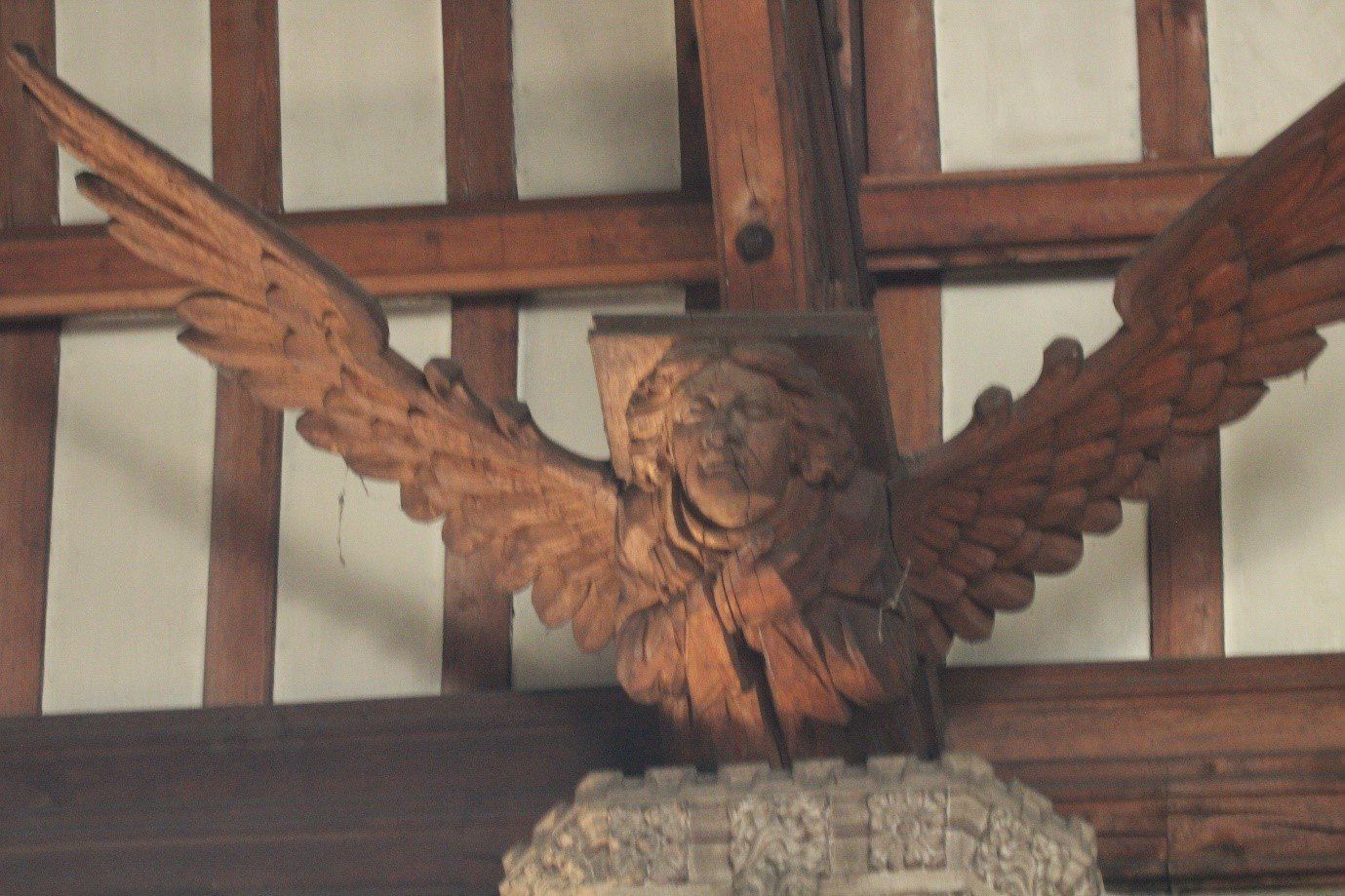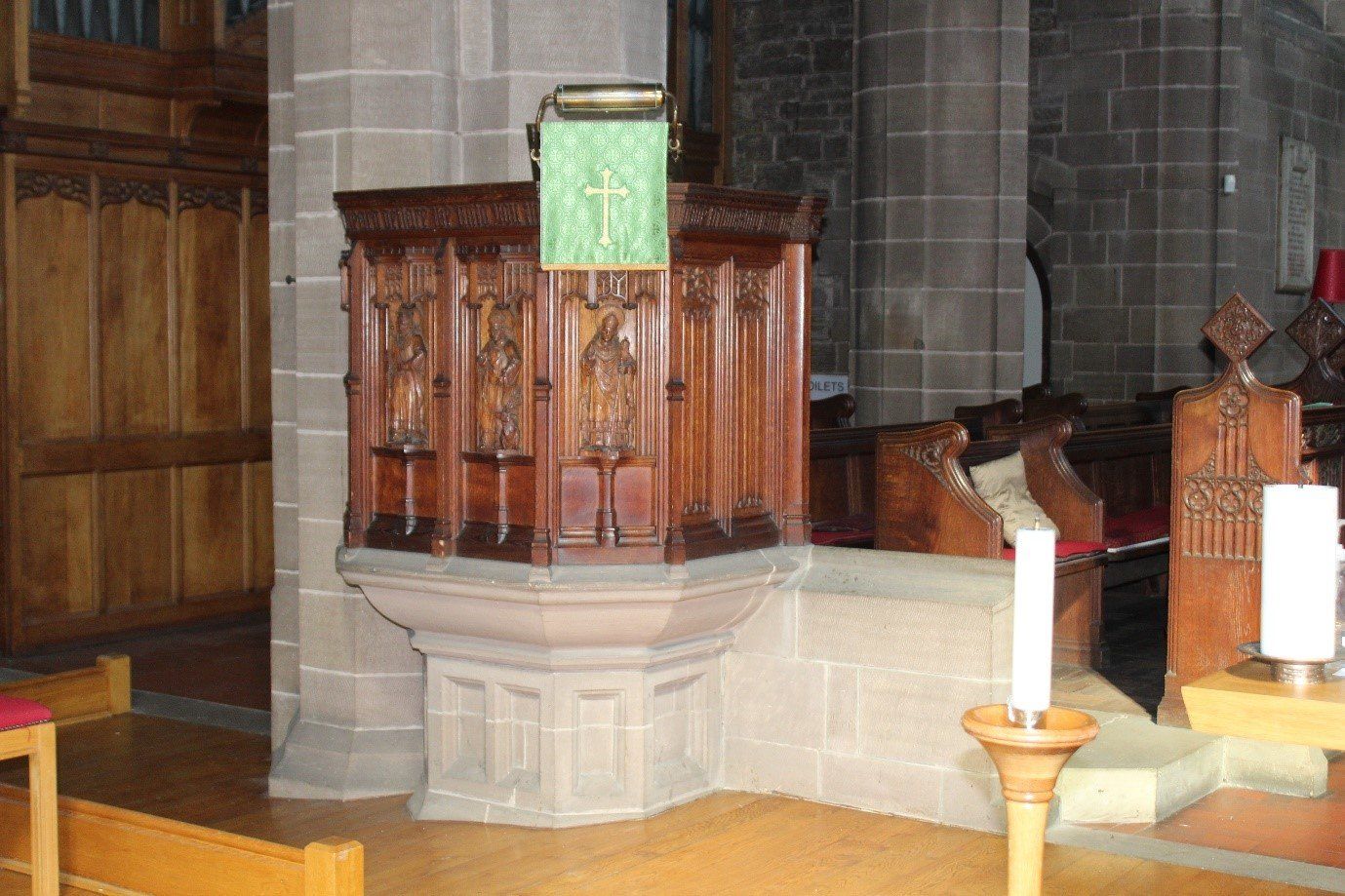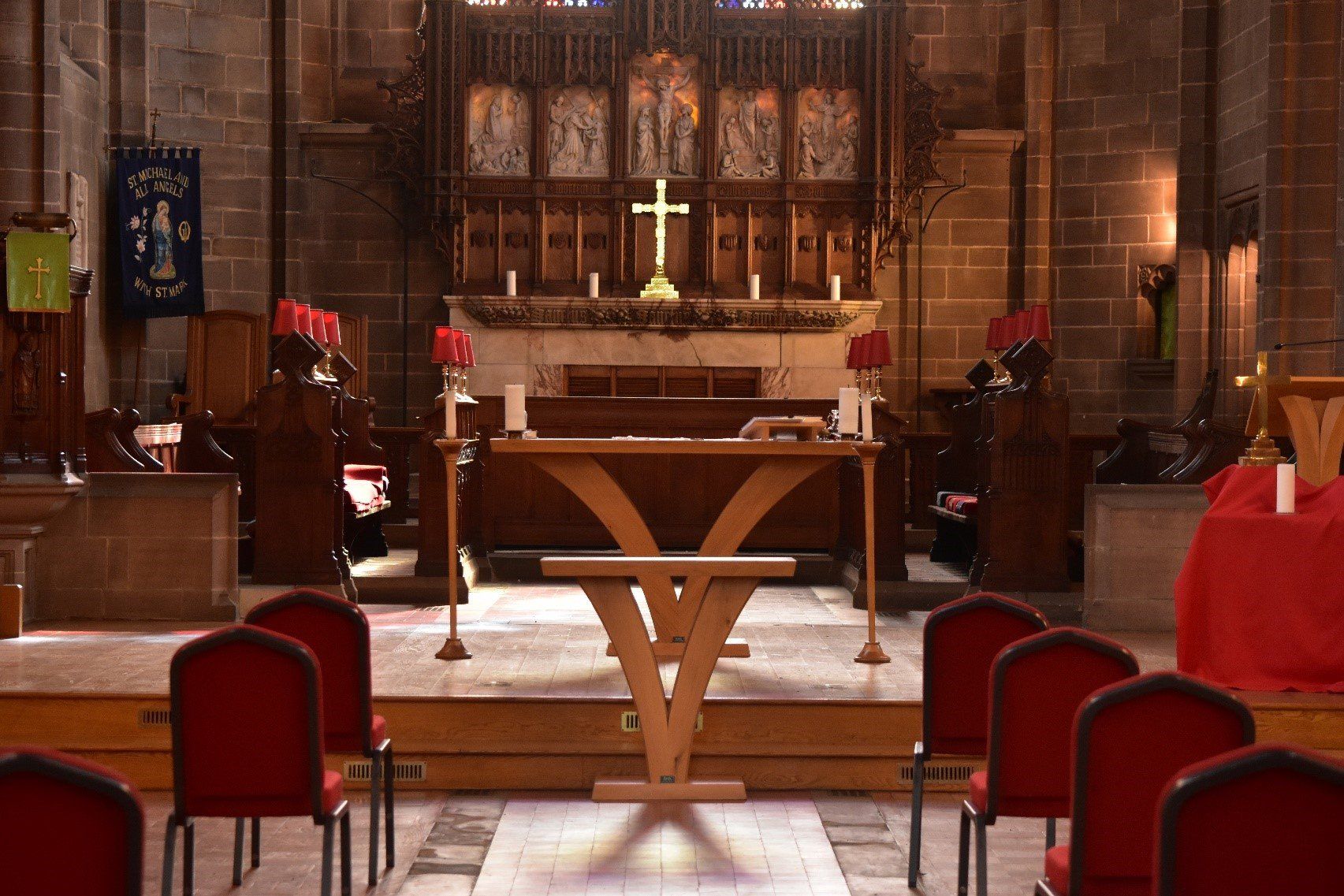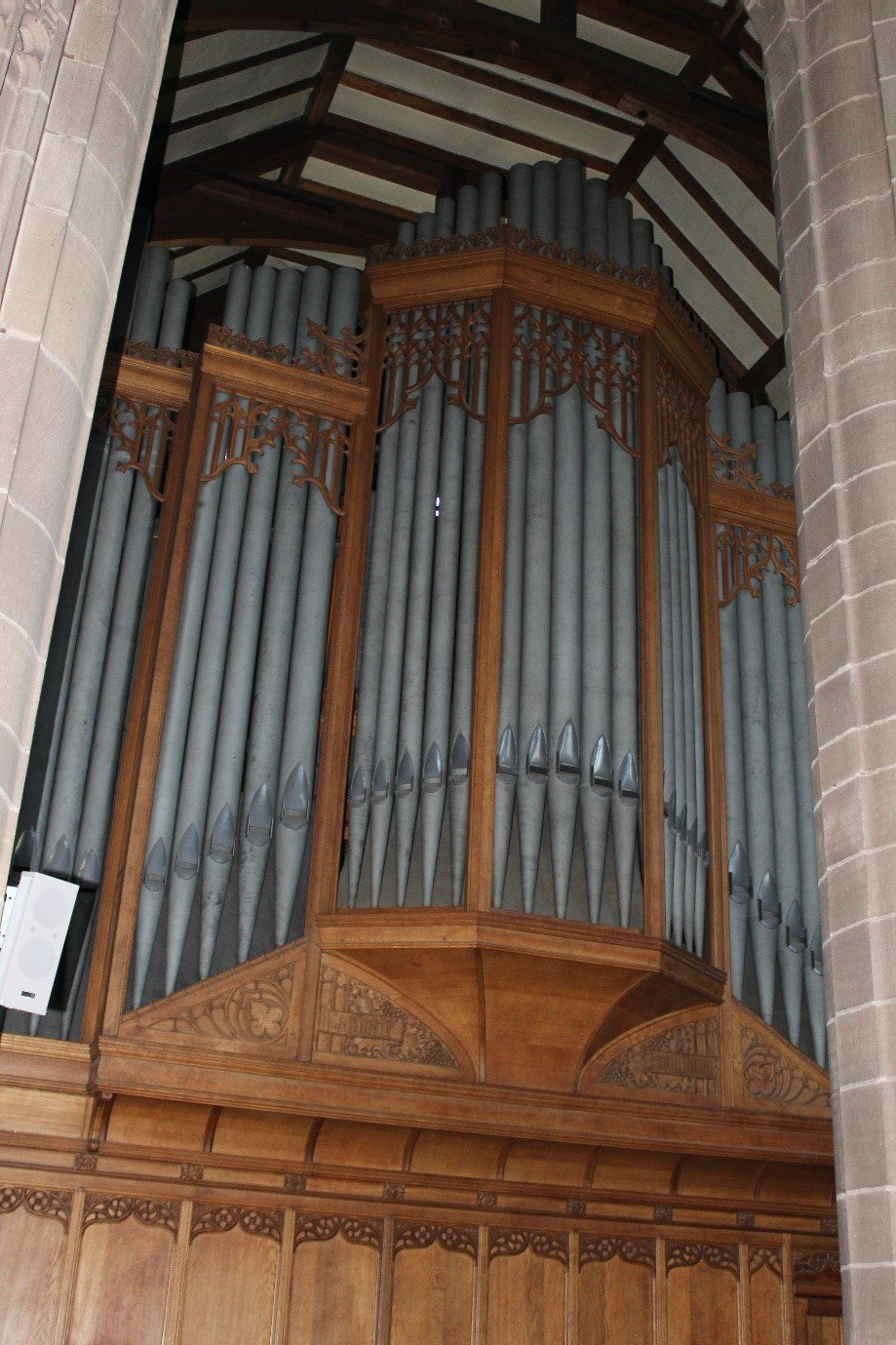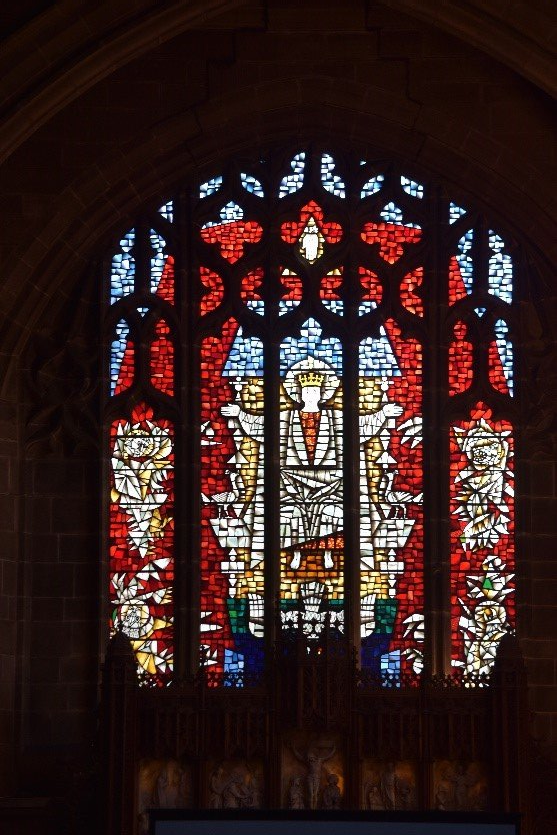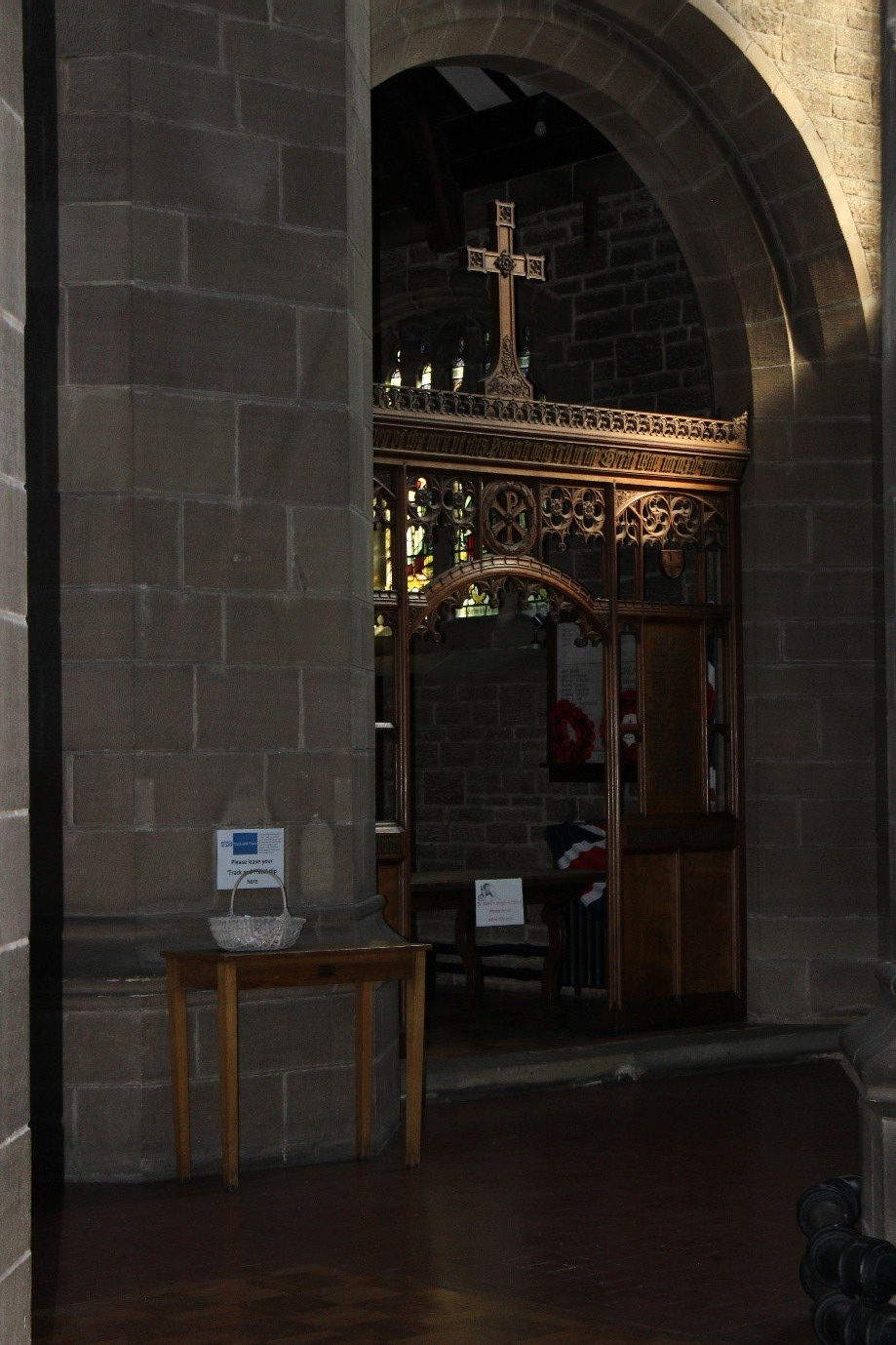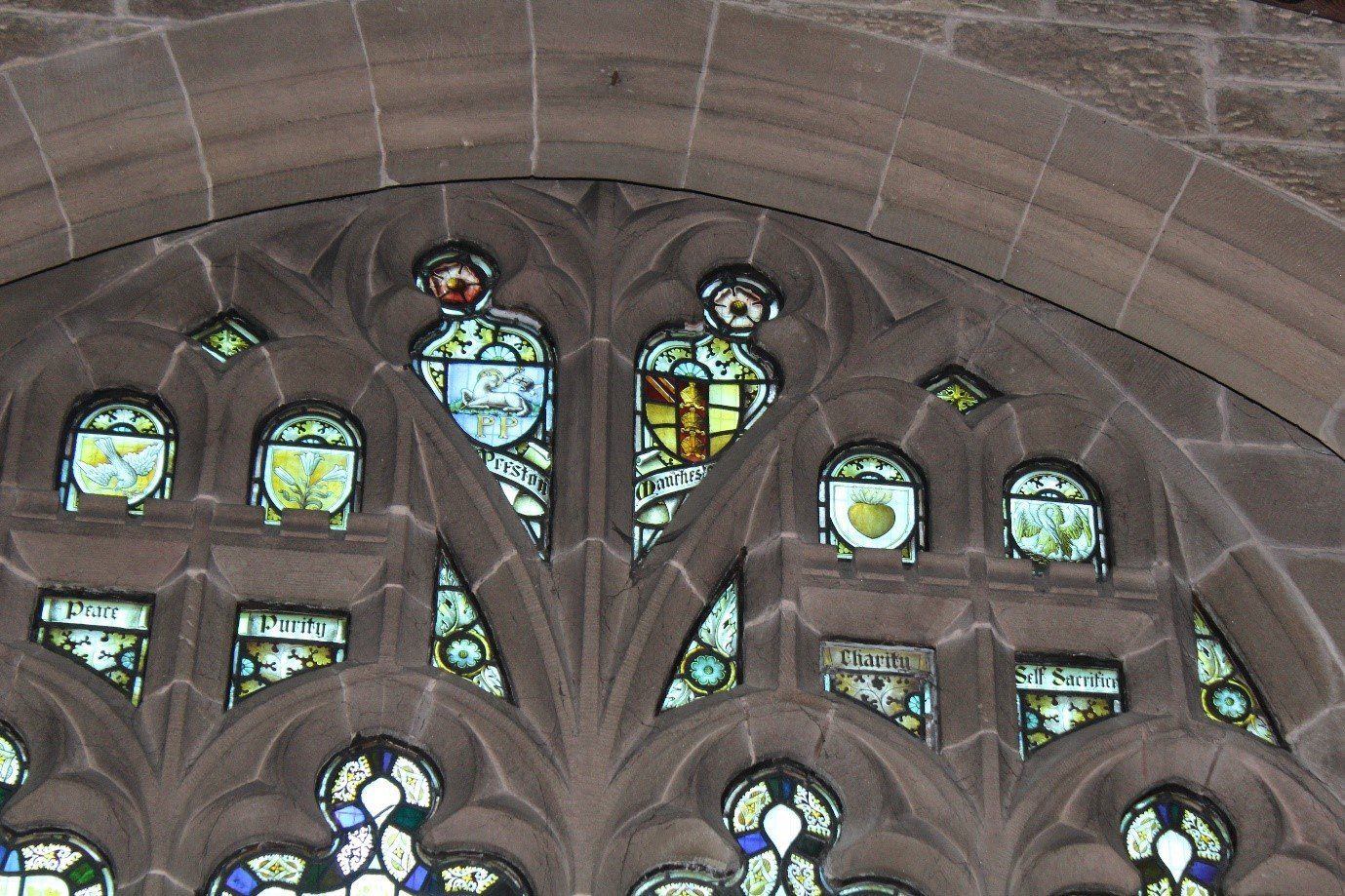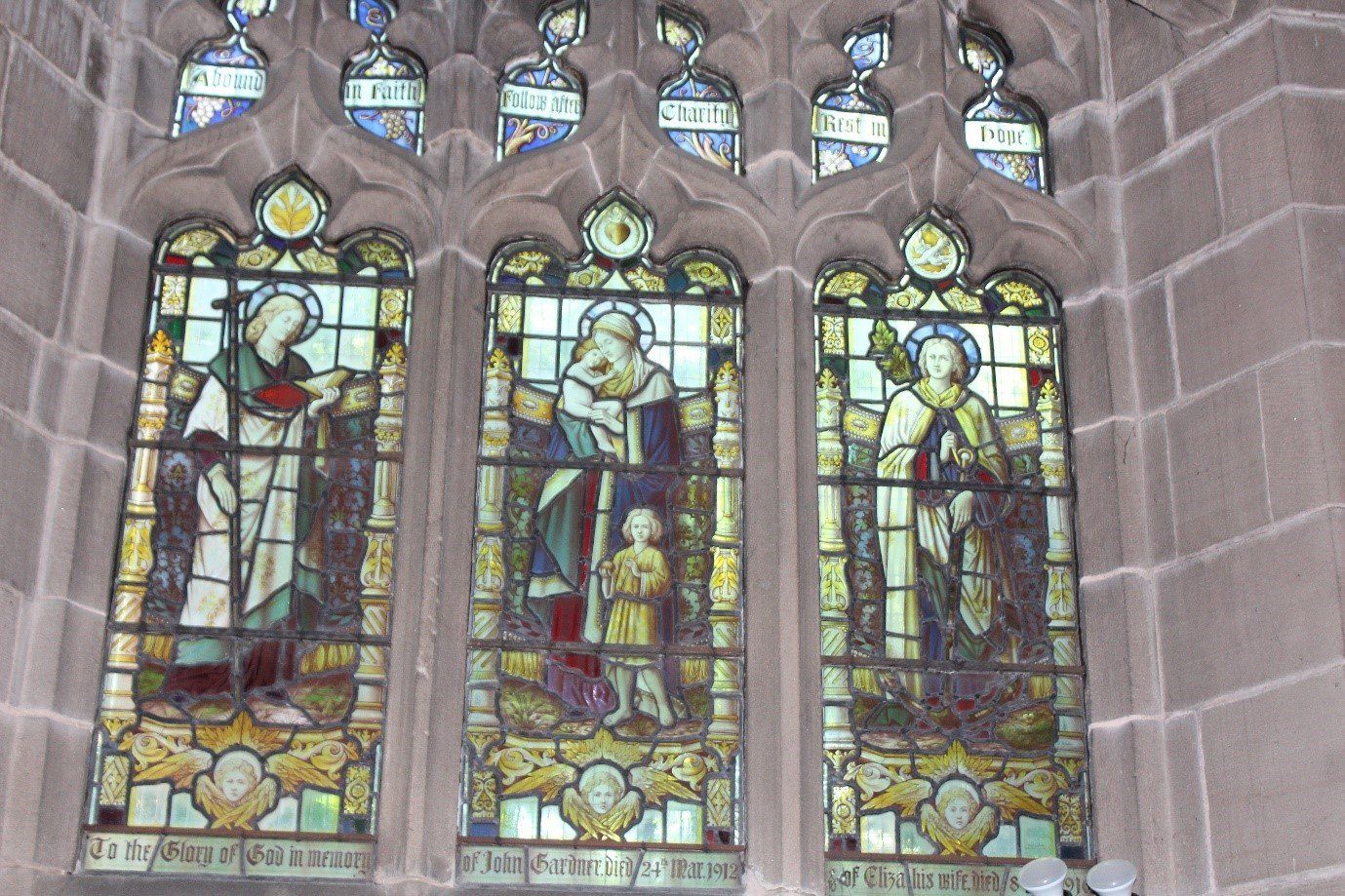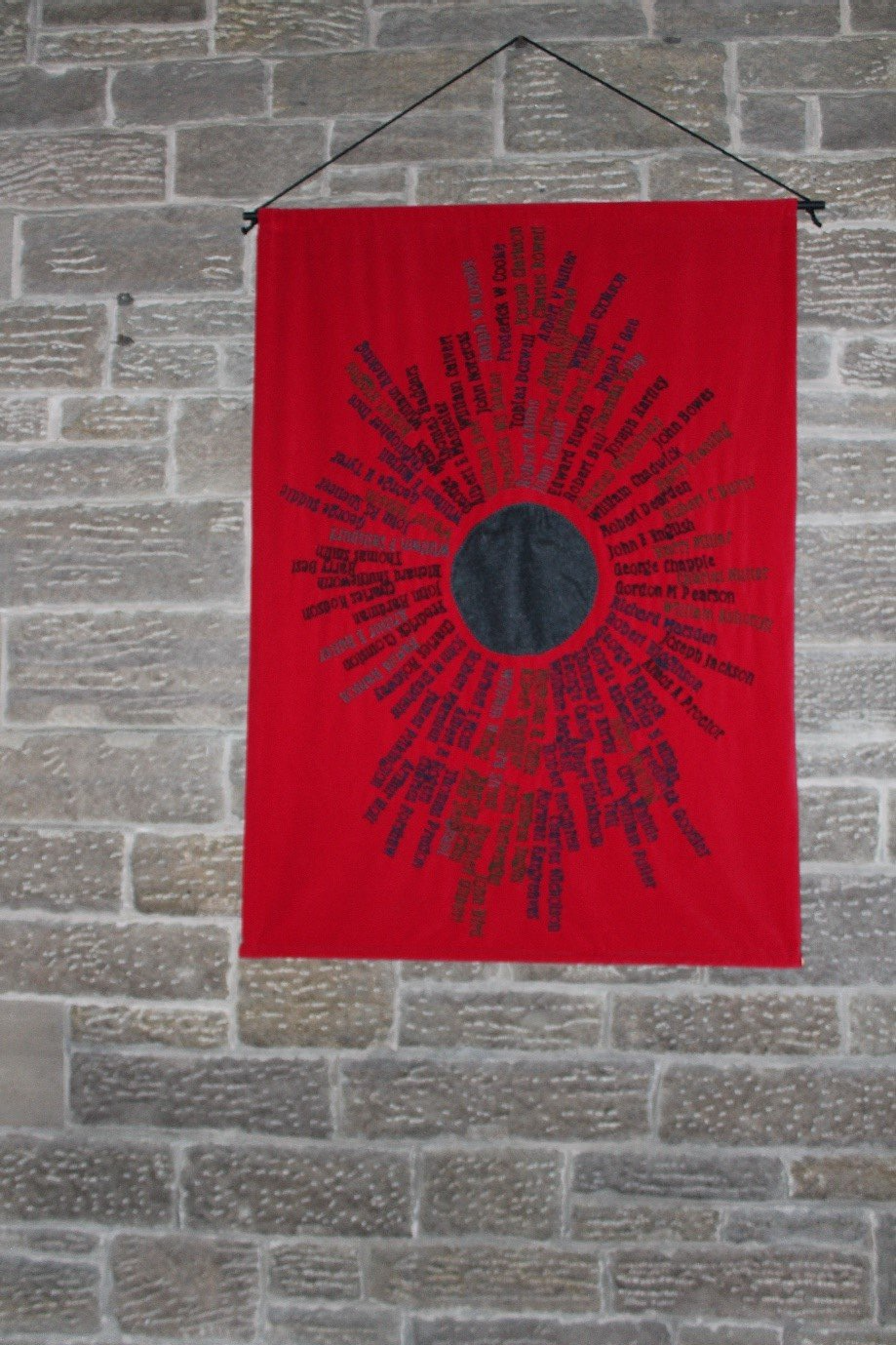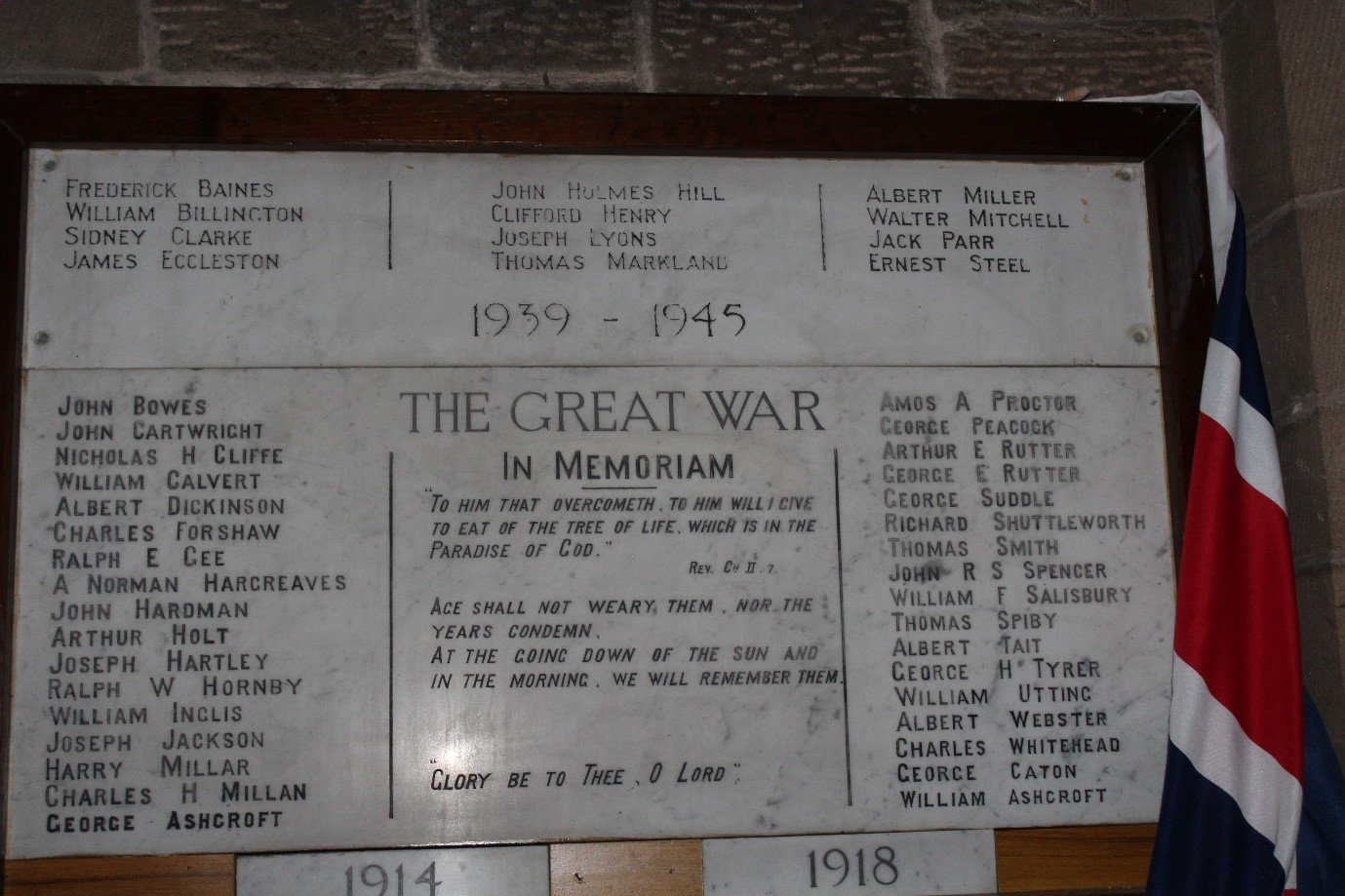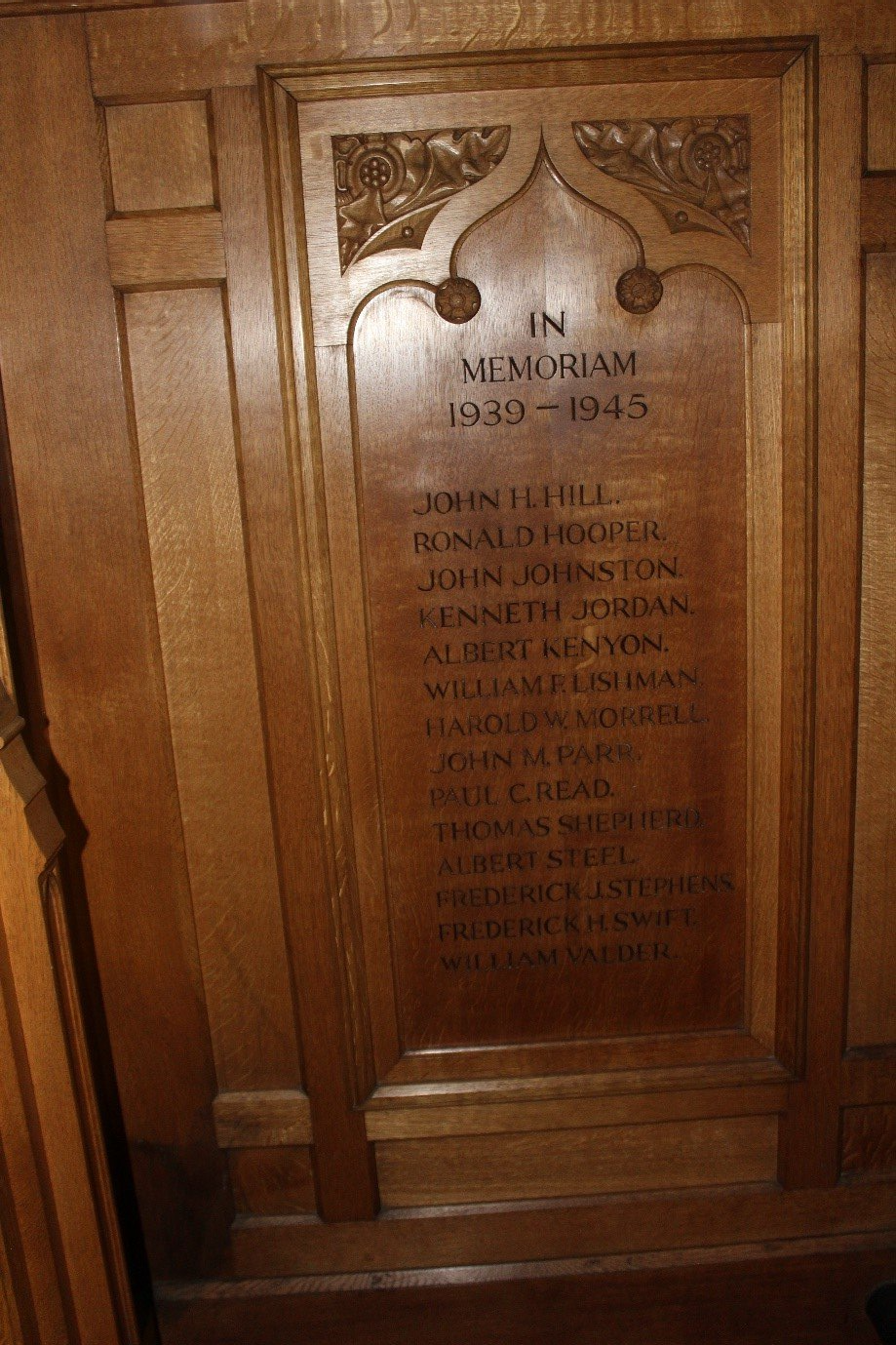Welcome to our church. We would like to show you around and tell you a little bit about its history
St. Michael's is an open, inclusive church in which all are welcome to join our pilgrim journey in the Way. It is a place of worship and prayer, of care and community. We are glad you are here and hope that you enjoy your visit
Until the early twentieth century Ashton, including Lea and Ingol, was served by one church – St Andrew’s. Canon Wiseman, the Vicar, appreciated the need to serve the growing population in the southern part of the parish and initiated the building of a new church at the junction of Egerton Road and Tulketh Road with a school and hall further down Tulketh Road.
The parish of St Michael and All Angels was created from the parish of St Andrew (1836) in 1929, the church being built between 1908 and 1915, replacing a mission church established in 1883. The church was built on the very edge of the parish between a leafy, middle class suburb and the terraced housing surrounding Preston Dock. Socially the parish was unusually mixed and retains this character to the present day. ln 1993 the parish was united with the parish of St Mark, Preston. The altar and other items from St Mark‘s church were brought to St Michaels and installed in the Lady chapel which was re-dedicated to St Mark on St Mark‘s Day in 2001. St Mark‘s church has since been re-developed into housing. Ashton on Ribble is a leafy suburb on the west of the city of Preston. It is relatively prosperous with houses ranging from small terraced properties to large Victorian and Edwardian houses and incorporating the redeveloped Docks area. The St Mark‘s area of the parish, in contrast, is urban, developed from the1850‘s with terraced housing and industrial sites. Within the parish is part of the University of Central Lancashire (UClan), one of the largest campuses in the UK. Consequently much of the terraced housing is rented property
